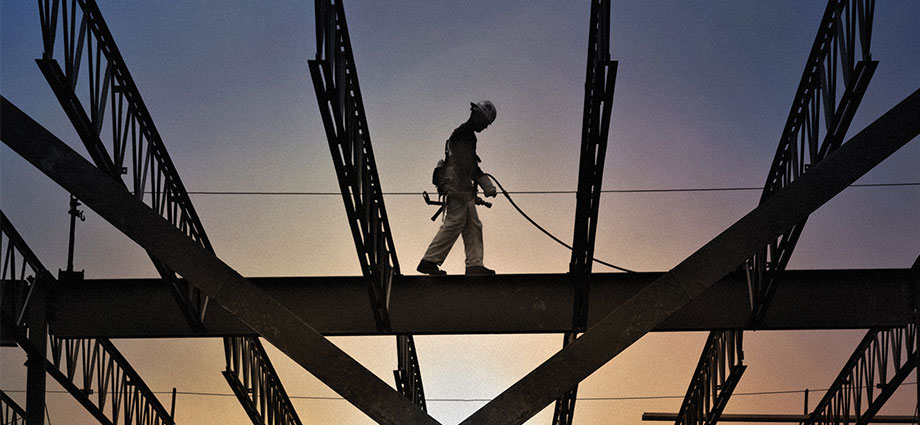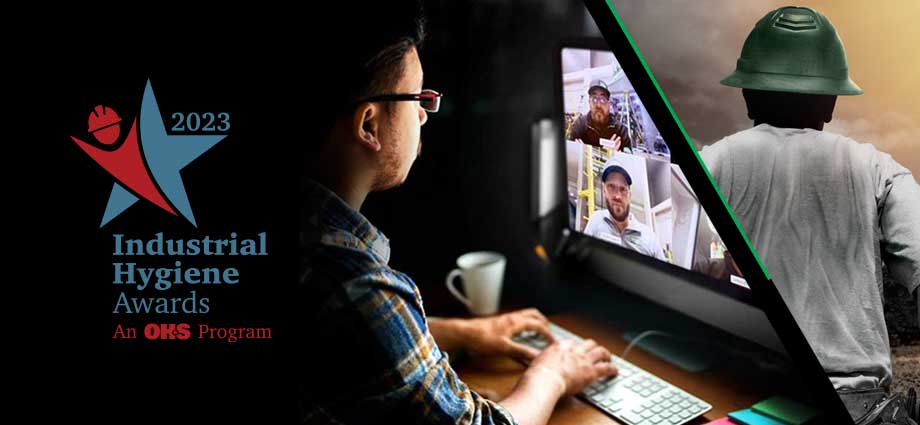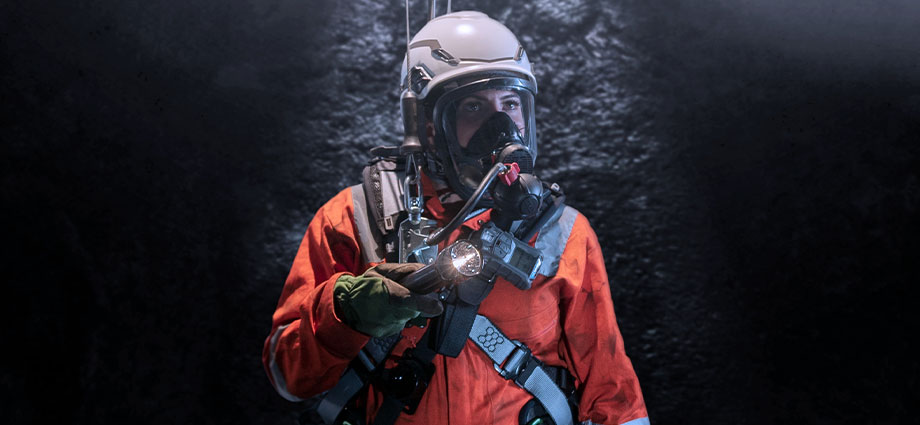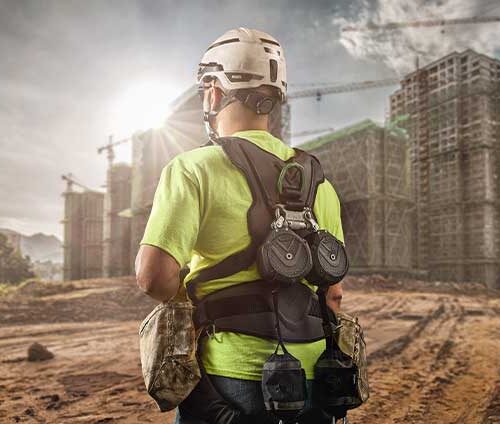
What comes to mind when you think of a fall protection anchorage? Perhaps you envision a complex setup attached to the fixed structural component of a building. Or maybe you picture a temporary bolt-type anchor affixed to a wall. In any case, regardless of the type of anchorage you use, do you know if you’re OSHA-compliant? It can be tempting to assume that as long as the anchorage can support at least 5,000 pounds, you’re good to go.
WHEN IT COMES TO FALL ARREST ANCHORS, YOU HAVE TWO OPTIONS:
OPTION 1: 5,000 POUNDS – NON-CERTIFIED
- Option 1 can be conducted by non-certified employees. It can be, and often is, completed by the workers themselves. It should be noted and stressed that this is not optimal but OSHA does not require a qualified person be brought in to conduct the analysis. If the worker truly believes that the anchor meets the 5,000 pound requirement, OSHA doesn’t require further evaluation.
- The ANSI Z359.2 standard, while non-binding, is considered a “best practice” standard that a company may choose to follow beyond what is required by OSHA. The standard suggests that a “Competent Person” selects the point. It should be noted, however, that a “Competent Person” is not considered a “Qualified Person” (who is normally an engineer). A Qualified Person is the only one that can analyze an anchor in order to certify, in writing, that it meets a particular strength.
- Ultimately, OSHA does not require a qualified person but it is highly advised that, when it comes to personal safety, that a comprehensive and qualified review is conducted regarding fall arrest anchorage. In any cases where there is doubt about the strength of an anchor point, it’s necessary to seek a Qualified Person for certification
OPTION 2: SAFETY FACTOR OF TWO BY A QUALIFIED PERSON – CERTIFIED
- If a company chooses option 2, then analysis from a qualified person is required. Although the strength may be less than 5,000 pounds, this frequently turns out the be the more reliable of the two options because of the extra analysis that was done on the anchorage point. There is simply more certainty in what it can hold”
However, there’s a lot more to a fall protection anchorage than meeting basic strength requirements; remember, the anchorage is only one part of a larger system. A certified fall protection system requires a qualified person’s input and documentation not only of equipment, but also of system design and layout, worker training, a rescue plan, and more. Why worry about these factors when you’re just evaluating an anchorage? Again, the answer is that your anchorage’s strength, while important, is only one part of the big picture.
The entire system is only as strong as its weakest link. The anchorage itself may be rated to 5,000 pounds per OSHA 1910.27 (b), but you’re not OSHA-compliant if your fall protection system fails to meet any part of the applicable standards. For example, should a fall occur, the fact that your anchorage can hold your weight won’t matter if you haven’t calculated the fall distance properly and you hit the ground before your equipment engages. That’s why it’s critical to evaluate any and all hazards that might affect your equipment’s performance.
Typically anchorages aren’t actually tested. (Sometimes, but not often.) Instead, the engineer will analyze things like the size of the anchor dimensions, its material of construction, its current condition, what it may already be supporting (a roof, for example), and other variables. They will use this info to determine, based on calculations, the strength of what they are analyzing.
As you can see, making sure your anchorage is OSHA-complaint involves a number of steps. If you’d like to learn more about the critical aspects of anchorages used for work at heights, load testing, and anchorage certification, you’re encouraged to listen to this Webinar: What You Really Need for an OSHA-Compliant Anchorage.







